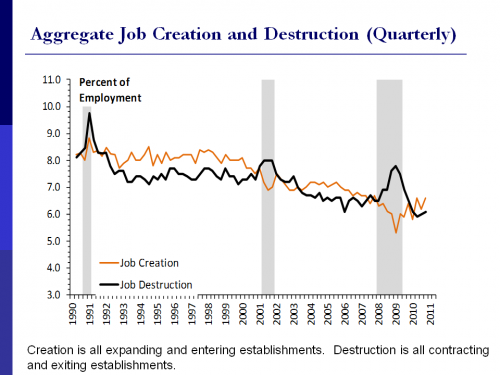Creation, Destruction and Stagnation
Many people think that Joseph Schumpeter was the first person to explore the idea of ‘creative destruction’. But as Hugo and Erik Reinert explain in a fascinating paper, the idea of ‘creative destruction’ has a long history. In the same paper, they also provide some subtle insights into the meaning of creative destruction.
First, creation implies destruction. When Apple created the smartphone, it necessarily annihilated the sales of dumb-phones and cameras. However “this relationship exists only in one direction and does not function when reversed. Denial does not imply affirmation, destruction itself does not lead to creation”. Nietzsche often explored this theme in aphorisms such as:
Whoever must be a creator always annihilates.
affirmation requires denial and annihilation.
You must wish to consume yourself in your own flame: how could you wish to become new unless you had first become ashes!
Second, the opposite of creative destruction is stagnation. The ‘Great Stagnation’ is the logical consequence of an economic environment where both job creation and destruction are falling.

Comments
Nedland Williams
Creation does not always involve destruction. An app for a smartphone or an artist's creation does not necessarily involve destruction. There are actually three phases of "creative destruction". Innovative creation comes first and also has three phases. The innovative idea must come from an individual, be promoted/financed, and finally developed/implemented, not necessarily by the same people. Innovative destruction frequently results as a new or improved product supercedes another or a process is made more efficient, generating redundant resources. Creative salvage is reimplementation of redundant resources. These resources often move to the next best use, as resource prices drop with falling demand. However, the availability of resources often activates the third phase of innovative creation, which could not have been implemented without those available resources. This entire process is helped or hindered by the economic and political environment. Regulations, bailouts, unemployment support, and government spending retard an otherwise dynamic economy.
Ashwin
If you're saying that the destroyed resources may be salvaged, then I have no disagreement with that. But the salvage is rarely complete and pain-free.